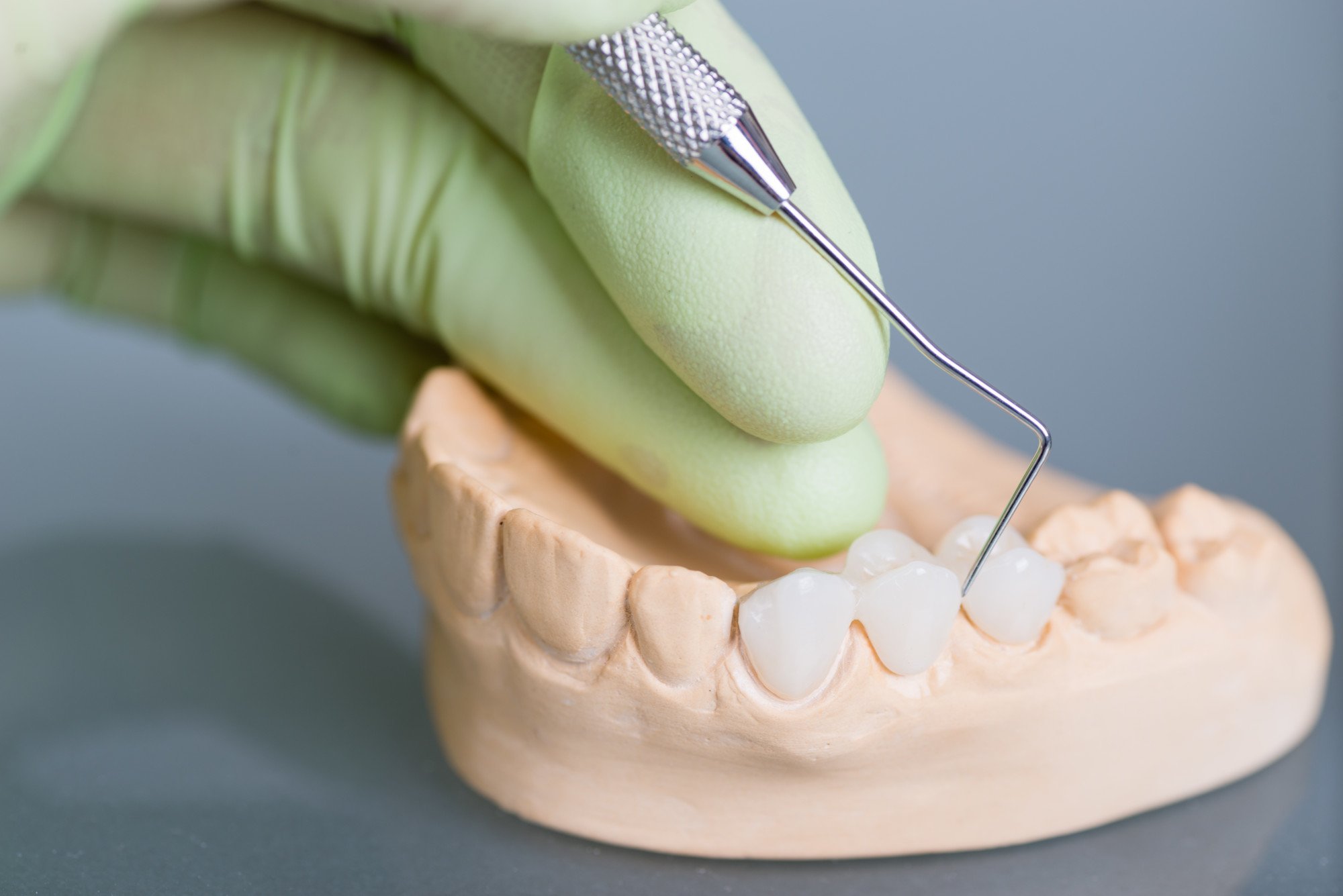
Nobody likes sunburn but if your skin is back to normal after a couple of days, is there a problem? We’re here to let you know that yes, there absolutely is a problem.
UV radiation effects are only visible some of the time and cumulative exposure leads to negative health effects. Unfortunately, the danger of UV exposure has only been clear in the last few decades and it’s still taking its time to make its way into public consciousness.
Protecting yourself and your family from UV radiation is the best way to keep your skin looking younger for longer, protect your cells from damage, and minimize your risk of skin cancer. By understanding the cumulative effects of UV exposure, you’ll stay motivated to be mindful of your sun exposure and stay healthy.
Keep reading to find out why the damage from UV exposure doesn’t go away when the clouds appear.
Understanding UV Radiation
UV (ultraviolet) is a wavelength of light that’s invisible to the human eye. The sun emits this type of light radiation as well as artificial sources such as tanning beds and lamps. UV light passes through the skin and does damage on a cellular level. There are three types of UV radiation and each has its own dangers.
UVA Radiation
UVA light doesn’t make your skin go red and originally wasn’t even targeted by sunscreen. In fact, the SPF (Sun Protection Factor) is a measurement scale that applies to UVB and not UVA at all. This is because sunscreen used to only protect your skin against sunburn rather than deeper cell damage.
As science and understanding has improved, we now know that invisible UV damage is dangerous too. UVA radiation passes through glass, so if you’re sat in a sunny window or driving, even with the windows up, your exposed skin will still be affected by UVA. What’s more, UVA even penetrates clouds.
UVA ages the skin and is a proven cause of skin cancer. As the damage caused by UVA is invisible at the time, you won’t be able to see when it’s affecting you.
UVB Radiation
This is the type of UV light that we typically think of when we think “sun damage”. That’s because UVB causes the skin to heat up and visibly burn.
UVB exposure also directly damages the cells in your skin and can cause genetic mutations and long term damage. UVB doesn’t pass through glass, which is why you can be working all day in a sunny window but won’t see your skin turn red. This type of radiation is the main one that traditional sunscreens protect against.
UVC Radiation
You won’t often see UVC protection written on sunscreen products as UVC waves can’t enter the Earth’s atmosphere. That doesn’t mean you should ignore it though. This type of UV radiation can be created artificially and while it doesn’t appear to damage skin much, it does cause damage to eyes.
Arc welding equipment and some UV sanitizing bulbs also emit UVC.
What Are the Cumulative Effects of Sun Exposure?
When UV light hits your skin, it penetrates to different layers. UVB affects the skin on a shallow level, damaging the top layers of cells. UVA travels deeper, damaging cells further down than UVB. Unfortunately, while you sunburn will fade, plenty of invisible damage has been done that your body cannot entirely heal.
Each time you’re exposed to UV without adequate protection, the damage gets worse.
Skin Cancer
It’s estimated that one of five Americans will get skin cancer during their lives and it’s the most common cancer in the US. 95% of melanomas and 99% of non-melanoma skin cancers are caused by exposure to UV light, meaning we can all take steps to dramatically reduce our risk.
UVA rays cause immune-suppression in our skin cells and damages cell DNA. This damage builds up over time. Cumulative exposure of UVB is a proven cause of skin cancer and the more exposure you have, the more likely this damage is to turn into cancer.
Skin Aging
The secret to youthful skin doesn’t lie in a botox injection or $100 creams, it lies in sunscreen. UVA is the primary type of UV that causes premature skin aging (photoaging). Each time you go out into the sun, the aging process speeds up.
Photoaging is responsible for 90% of the skin changes you can see and it’s this cumulative effect that gives you wrinkles, sun spots, and other signs of skin aging. Wouldn’t you love a cream that stopped that in its tracks? UVA breaks down collagen and other factors in youthful skin. No amount of collagen supplements or creams can work if you’re not protecting your skin from UV light.
Is It Too Late to Wear Sunscreen?
If you’re reading this, you’re probably an adult with many years of unprotected sun exposure behind you. You might’ve been sensible with sun protection on beach holidays, but what about those sunny spring days when it didn’t feel that warm? It’s okay, while cumulative sun damage builds up over our entire lives, it’s never too late to protect your skin.
As photoaging and skin cancer risk increase with every exposure, protecting yourself from now will still help. There is a range of ways you can limit your UV exposure and it’s usually advisable to use more than one at the same time. You can pick and choose your sun protection method from https://www.patchmd.com/-The-Ultimate-Guide-to-Sunscreen-Alternatives_b_110.html and you’ll be able to protect your skin no matter what you’re doing.
By using a mixture of products and apparel to cover your skin, you’ll be doing more for your cells than those fancy anti-aging creams ever could.
Reduce Your Exposure to UV Radiation
The cumulative effects of UV exposure are severe.
From skin cancers to premature aging, the damage builds up every time you step into the sun without adequate protection. It’s vital you take steps to protect your skin and that of your family as the less exposure you have, the less likely you are to suffer the effects of UV radiation.
Follow us for more healthy lifestyle tips and advice on staying safe in the sun.





